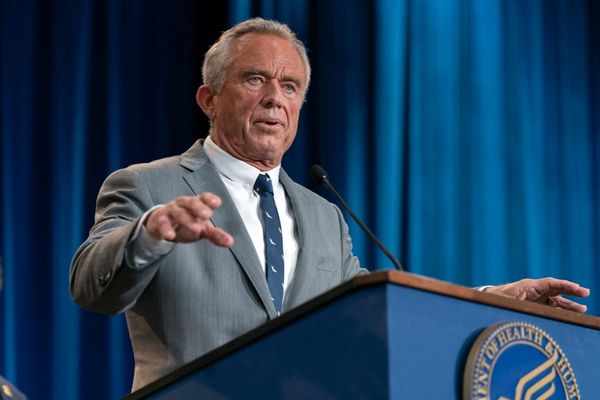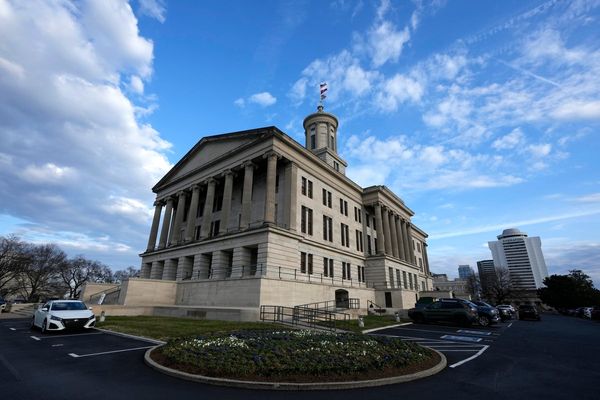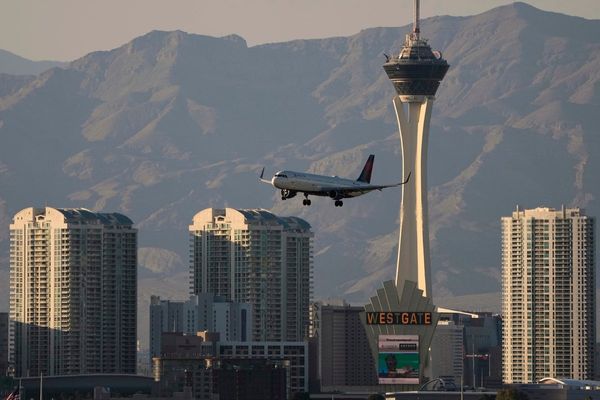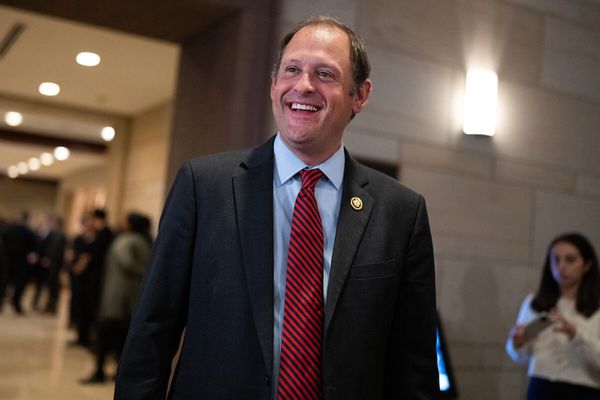Close up, a feedlot cow is a sight to behold: It’s a hulking, broad-shouldered eating machine with a three-foot-long tongue and a jaw that never seems to stop chewing. At just 20 months old, one of them can weigh 1,300 pounds. And where you find one, you’re bound to find others. In Deaf Smith County, a cluster of communities 45 minutes west of Amarillo, 720,000 cattle each year are packed side by side like sardines at feedlots—the sprawling, treeless expanses where the penned animals are fattened en masse before being shipped to slaughterhouses.
This part of the western Panhandle, stretching from the Oklahoma border into West Texas, is a national cattle feeding powerhouse that supplies one-fifth of the country’s beef. It’s also home to mountains of manure. Each year the region’s feedlot cattle produce millions of tons of waste (just one large feedlot produces roughly 1.1 million tons of manure), which is dried by the sun, stomped by hooves, and carried by the wind to nearby communities.
The resulting “fecal dust” storms, some so thick they blot out the sun, make it difficult to breathe, residents say. Some people have reported persistent bouts of bronchitis and other respiratory problems as a result of living in close proximity to feedlots. A growing body of research indicates that living near concentrated animal feeding operations, or CAFOs, is associated with myriad health risks including increased infant mortality due to respiratory disease and a greater risk of developing asthma in children and adults. In the Panhandle, the fecal dust from cattle feedlots appears to present an important public health problem that has spent little time in the public eye.
To get a true sense of the Panhandle’s massive network of cattle feedlots, you’ve got to take a few steps back—or rather, up. It’s only from the sky that you can see it for what it is: Miles upon miles of milling, munching, pooping cattle spread out as far as the eye can see. It’s a remarkable sight that few ever glimpse.
That’s why the Observer, in partnership with the Food and Environment Reporting Network, hired photographer George Steinmetz to capture this image. We decided to document the operations using a drone, which is safer and more cost-effective than chartering an airplane or helicopter. But after doing some homework, we found that simply photographing a feedlot with a drone could open us to lawsuits, fines, and even jail time.
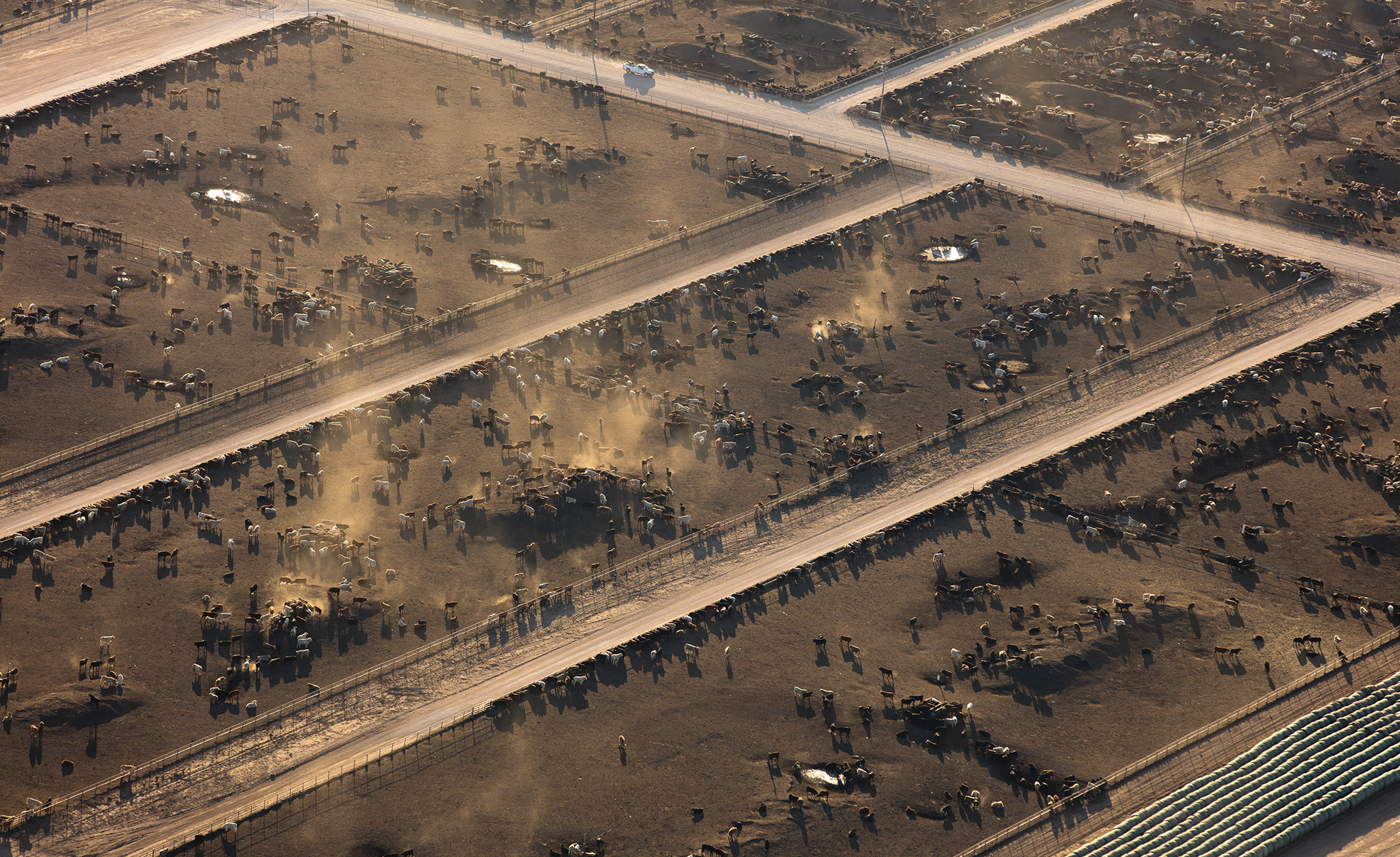
In 2013, Texas legislators passed a bill prohibiting the use of drones to conduct “surveillance” of people and properties and making it a misdemeanor offense for possessing or distributing such an image. In subsequent legislative sessions, lawmakers took the prohibitions even further, making it illegal for drones to take pictures of prisons, sports venues, and cattle feedlots. The rationale was that drones would make it easier for bad actors to keep tabs on the facilities. (This is the same straw-man argument lawmakers have used to keep footage from the Capitol’s video cameras, along with other formerly public records, out of the public eye.)
Though photojournalists must abide by the ban, it doesn’t apply to everyone. Real estate companies, engineering firms, and others are exempt, along with anyone feedlot operators permit to take pictures. In November, when I called approximately a dozen feedlot operators in Deaf Smith County to ask permission to take drone photographs for our story, none of them acquiesced.
That could change soon. The National Press Photographers Association is suing leaders of the Texas Department of Public Safety, the Texas Highway Patrol, and the district attorney’s office in Hays County—where police warned a reporter not to continue using a drone to photograph a structure fire—over the law. Plaintiffs say the prohibitions single out photojournalists, limit reporters’ constitutional rights, and fly in the face of federal airspace rules. “These restrictions chill and criminalize speech and newsgathering activity protected by the First and Fourteenth Amendments,” reads the lawsuit’s petition, which was filed September 26 in federal court. Defendants in the case have filed a motion to dismiss. There has been no ruling on the motion.
“There’s that old cliche that a picture is worth a thousand words,” said Jim Hemphill, who is trying the case and also represents the Observer in legal matters. “Concentrated animal feeding operations pose potential hazards with regard to environmental pollution, with regard to treatment of animals, with regard to many things that may be in the public interest. There appears to be no compelling public interest in prohibiting [drone photography of CAFOs].” Brandon Wade, a professional freelance photographer in Dallas who has used drones extensively in his work, said that unmanned aircraft can give readers a unique view of newsworthy locations—such as cattle feedlots—that few other methods can. “Aerial photography can show a sense of scale very quickly. With ground-based photography, it’s hard to get a sense of just how big these places are,” he said.
In the end, our photographer still ended up nabbing some incredible shots of cattle feedlots in Deaf Smith County—he chartered a plane, at considerable expense, to get the images. But as the lawsuit notes, not all news organizations have the means to shoulder that additional cost, leaving their readers, listeners, or viewers without newsworthy information. If plaintiffs get their way, the problem will be fixed.
In the meantime, we’ll just have to wait and … not see.
Read more from the Observer:
-
Alec Karakatsanis on the ‘Usual Cruelty’ of the Criminal Justice System: In his book, Karakatsanis argues that lawyers and judges have become numb to the cruelties of the criminal justice system—and ultimately stand in the way of changing it.
-
Reform Candidates are Trying to Change the Definition of a ‘Progressive Prosecutor’ in Texas: Kim Ogg’s primary challenge for Harris County District Attorney is one of several prosecutor races in Texas that could redefine the bounds of criminal justice reform in the state.
-
Six Texas Oil Refineries Are Among the Nation’s Worst Benzene Polluters, Data Shows: Benzene was detected at the facilities’ fencelines, and nearby communities could be exposed to the cancer-causing pollutant.
